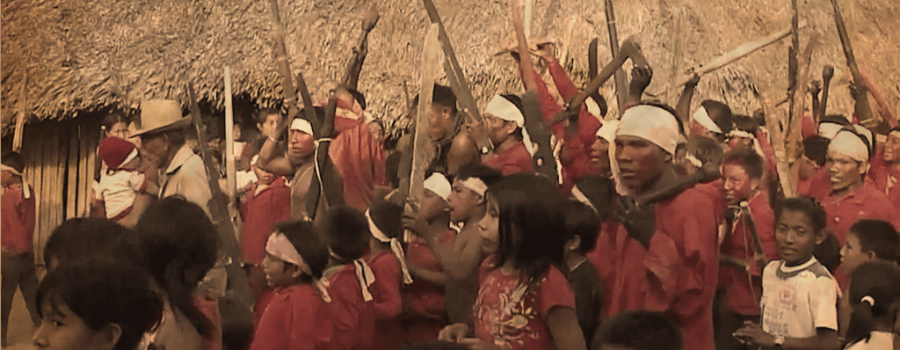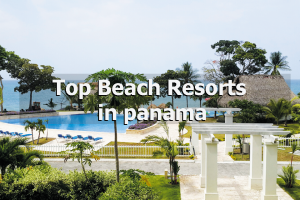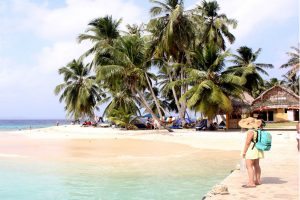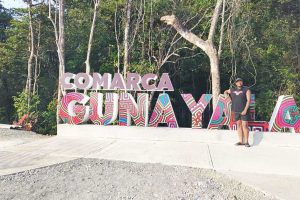Every February, the Guna or Dule Revolution is celebrated across Guna Yala (San Blas, Panama). This historic event marked a milestone in the fight for indigenous sovereignty in the Americas. Although it represents a crucial chapter in Panama’s history, it is rarely taught in schools. As a result, many people remain unaware of its significance.
The Guna Revolution enabled the Guna people to secure greater autonomy. Moreover, it inspired other indigenous communities to defend their rights. To fully grasp this movement, we must first understand the events that led to it.
Recognition of the Dulenega Territory
During the era of Gran Colombia, the Dulenega Territory spanned parts of present-day northern Panama and Colombia. However, when Panama separated from Colombia in 1903, the new republic ignored the territory, which caused its division.
- In Colombia: Inabaginya, the nephew of Sáhila Inanaginya, led the Guna community. He actively decided to remain in Colombian territory and rejected Panama’s government.
- In Panama: Meanwhile, Simral Colman (Ologindibibbilele) chose to align with the Republic of Panama. This decision further fragmented the Dulenega Territory.
You may also be interested in: Guna Yala o San Blas
Key Events Leading to the Guna Revolution
Several critical events set the stage for the Guna or Dule Revolution of 1925. These include:
- 1907: Jesuit priest Leonardo Gasso arrived in Narganá (Yandup) to establish a Catholic mission. His arrival deeply unsettled the Guna people.
- 1908: The government appointed Charly Robinson as governor of San Blas, seeing him as an ally for their plans.
- 1907 – Law 59: The National Assembly passed a law aiming to “civilize” indigenous peoples. It allowed settlers to occupy indigenous lands and forced changes through missionaries and schools.
- 1913: American Protestant missionary Ana Coope introduced the Baptist Church to the region.
- 1914: After the Panama Canal was completed, former workers from the Antilles invaded Guna lands. Consequently, they exploited resources, overfished, and stole crops from local farms.
- 1915: Sáhila Colman met with President Belisario Porras to report the abuses. As a response, the government created an Intendancy led by a settler.
- Cultural Imposition: The new Intendant enforced laws that targeted Guna traditions. For instance:
- He banned ceremonies and rituals.
- He forced Guna women and girls to wear Western clothing.
- Those who disobeyed faced fines or imprisonment.
Additionally, the government pressured Guna producers to sell their goods at low prices. At the same time, it required them to purchase from stores controlled by the Intendancy.
The Impact of the Guna Revolution
Ultimately, the oppression faced by the Guna people led to the Guna Revolution of 1925. This historic struggle secured the autonomy of the Guna Yala Comarca. Furthermore, it inspired other indigenous communities to defend their rights and preserve their identities.









